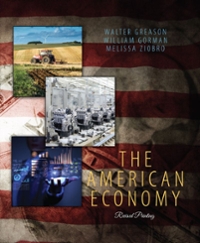Answered step by step
Verified Expert Solution
Question
1 Approved Answer
Derivatives. 7 The Cox-Ingersoll-Ross (CIR) model is a one-factor interest-rate model of the form: dr = a(p-r)di +ourd= which leads to the solution at time
Derivatives.


Step by Step Solution
There are 3 Steps involved in it
Step: 1

Get Instant Access to Expert-Tailored Solutions
See step-by-step solutions with expert insights and AI powered tools for academic success
Step: 2

Step: 3

Ace Your Homework with AI
Get the answers you need in no time with our AI-driven, step-by-step assistance
Get Started


